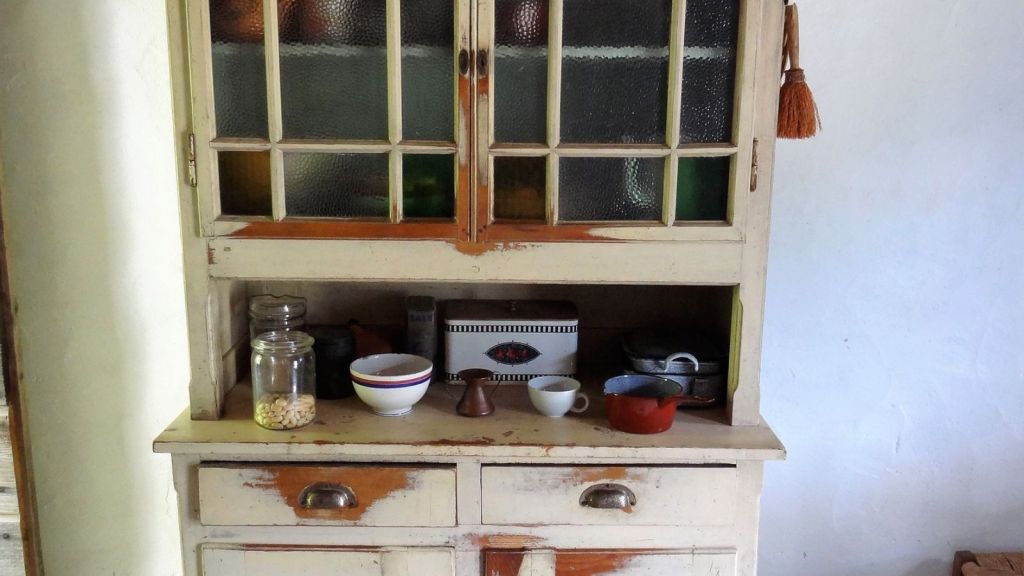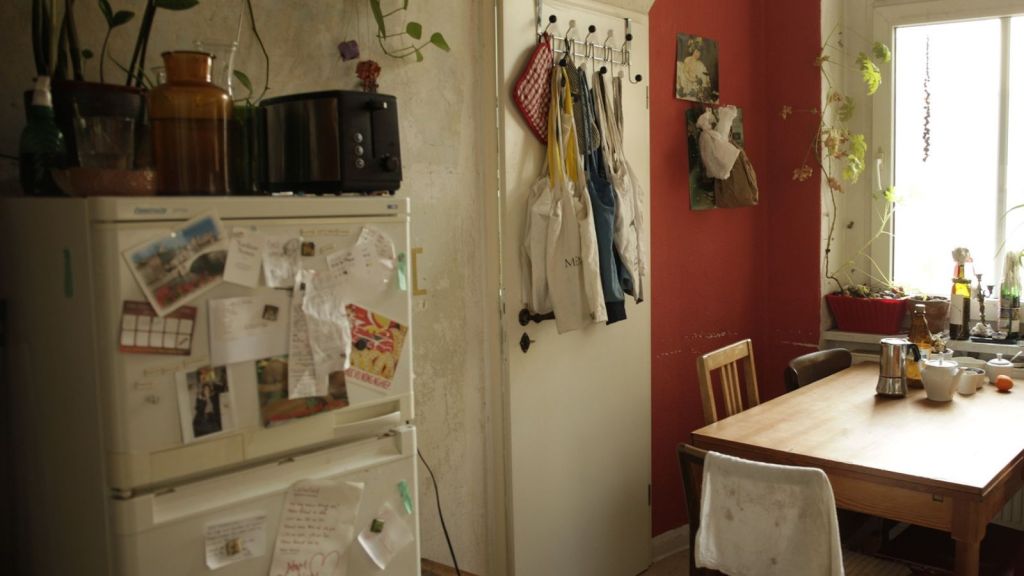Just as we sometimes overlook the quiet, dependable people, we often take specific areas of our homes for granted. These unassuming spaces – the corners, the closets, the crawlspaces – dutifully serve their purposes without demanding much attention. Yet, with some love and creativity, these commonly neglected areas can transform, becoming functional and integral to our homes’ overall charm and comfort.
When it comes to maintaining a healthy living environment, one crucial aspect that homeowners often neglect is pest control. From basements and attics to outdoor spaces, these overlooked areas can become breeding grounds for pests, leading to potential property damage and health risks. By prioritizing pest control measures and seeking professional assistance, you can safeguard your home and ensure a pest-free living space for all occupants.
Kitchen Cabinets
While it’s natural to give countertops a quick clean regularly, it’s easy to ignore kitchen cabinets. However, they, too, should be given a good clean occasionally. Perhaps surprisingly, water and dish soap will often suffice to rid your cabinets of grime. With that said, a high-quality product may be required, depending on how difficult the grime is to remove. Either way, give the surface of the cabinets a good wipe down, and be sure to dry off the soapy water residue with a clean cloth at the end of the process.

After cleaning the doors to your cabinets, you’ll want to clean the inside too. Remove everything for a thorough and complete cleaning. Alternatively, to keep at least most items in place, you could employ a damp cloth to collect crumbs from within the cabinet. Again, once that’s done, give the areas you’ve cleaned an excellent dry with a dry cloth.
Read more: The Process of How To Make Kitchen Cabinets.
Underside of Furniture
Another area many households need to notice for cleaning is the underside of their furniture. However, the underside of furniture can gather dust, hair, and grime over the years if left uncleaned. If you turn a large piece of furniture on its side, be sure to have a second person there to help, with both of you turning the furniture over from one end each. Remember to bend your knees before heavy lifting to prevent back strain.
Alternatively, place a rag on a broom handle (tied to it if necessary) and apply it from beneath to effectively clean the furniture’s underside. One way or another, be aware that it may take some time to fully clean the underside of the furniture, depending on how stubborn the dirt is.
Ceiling Plaster
While it’s easy to notice worn-down wall plaster, households often need to pay more attention to the state of their ceilings. Therefore, you’ll want to consider the cost of plastering a ceiling.
While ceiling plaster often lasts 50 years, this may only sometimes be the case, or if you have an old home, it may simply be that enough time has passed for the ceiling plaster to be worn down as expected. Whatever the case, be sure to have your ceiling plastered whenever required. This first means safely inspecting it once in a while.
Freezer and Fridge
Note: If using commercial products, only use those suitable for cleaning a fridge and freezer.
While it may be a hassle, cleaning your freezer and fridge once per season is essential. It might be best to wait until you are low on fresh fridge/freezer food and need to remove expired goods. You will only want to take food out for a short time that you’ll later use.

Once you’ve removed expired goods and any food you intend to re-add after the cleaning (again, leave this for a short time), remove each drawer and shelf. Wipe down each shelf and drawer with a warm soapy cloth. Then, use another wet soapy cloth to clean the interior. Also, ensure you don’t ignore the edges and doors while cleaning.
Finally, dry the inside of your fridge and freezer before drying the drawers and shelves. Put the drawers and shelves back inside before adding any functional food back.
Lampshades
We recommend routinely dusting down your lampshades too. However, they should be cleaned more thoroughly once per year. The bulb should be off before cleaning.
For a speck of regular dust down, wipe the exterior of your lampshades using a dry cloth or even vacuum them. As for a more thorough annual clean, it’s best to remove each lampshade and carefully dunk them into warm water with a suitable detergent. Be sure to dry it using a cloth at the end. You want to give your lampshade time to dry thoroughly afterward.

The above strategy works assuming that your lampshade is sewn together. However, it is glued in place. Instead, you’ll want to combine water with dishwashing liquid before mixing a suitable utensil (e.g., an eggbeater) until it becomes foamy. For glued-together lampshades, dunking it in this foam a few times makes more sense. Again, dry it with a cloth afterward.
Other Areas to Consider
Aside from the areas already discussed, here are some places you’ll want to consider for cleaning either regularly or at least once in a while:
- Curtains
- Coat racks
- Microwave
- Framed paintings and artwork
- Books that need a dusting down
Regardless of what item, feature, or utility you want to clean, follow the manufacturer’s instructions (where applicable). This instruction is significant for electronic equipment/appliances such as microwaves. If in doubt, hire a professional.



















